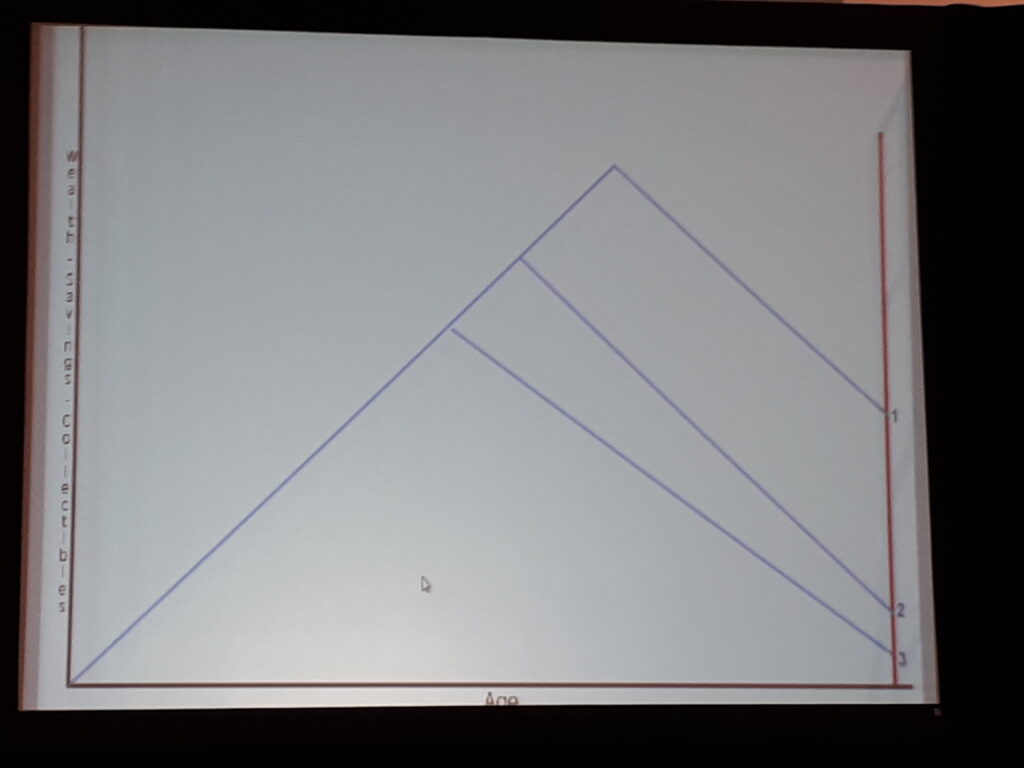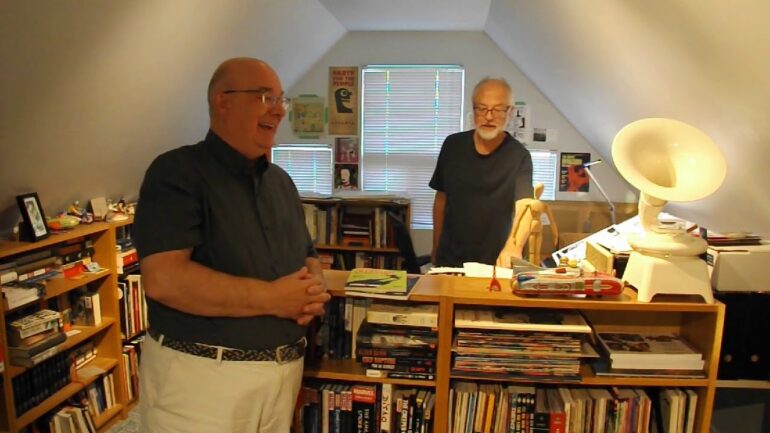Over the weekend, Larry Hancock was one of the featured guests at FAN EXPO Canada: Limited Edition, and he spoke about “selling your collection”.
Many of us spent our childhood begging our parents to buy us stuff. Of course, for us, it wasn’t just stuff. It could have been a holographic Charizard Pokemon card, a first edition Dark Magician Yu-Gi-Oh card or even a Golden Era Superman comic book. Your parents had no idea how much bragging rights these could acquire you with your circle of nerd friends. But now we’re older, we have obligations and a huge pile of stuff, so maybe our parents were right after all. Well, it seems they were only half-right as your collection could be worth its weight in gold. How much is your collection even worth? Where should you sell it? But mostly, when should you sell it?
Fortunately for us, Larry Hancock is here to answer all our collectible related questions. By day, Hancock is a CPA (Certified Public Accountant) for small clients from authors to artists. However, he spends his evenings writing The Silent Invasion graphic album with his longtime friend, Michael Cherkas.
What is a Collectible?
According to Hancock, a collectible is “something that someone else wants from you.” He states that “everything has potential value”, but it depends on how many people want it. Hence, the basic rules of the market also apply to collectibles.
Though, Hancock warns that not everything that looks like a collectible necessarily is a genuine collectible. For instance, manufactured collectibles are not collectibles. That is to say, branded items sold at or above market price and that are expressly marketed as collectibles. They are not valuable and tend to decrease in value over time.

What is Hancock’s Collection?
Hancock’s collection sizes up to 16,000 comics and 3,000 other various books. However, six years ago, he decided to start selling comic books on eBay. At the time, Hancock felt that it was time to start downsizing and move into a smaller apartment. Therefore, he pondered on what to do with all of his collection.
“People start accusing you of hoarding if you just want to have [for the sake of having]’’, Hancock explains. “[But] the difference between a hoarder and a collector is that a collector knows where everything is.”
Why Sell Your Collection?
Hancock lists four possible reasons:
- Needing money to pay your bills.
- Being tired of having so much stuff lying around, whether because your tastes changed or because it takes up a lot of room.
- Feeling pressure from family to move on from your collection.
- Getting older and simply wanting to enjoy your life.
“When you’re young, you can accumulate, and enjoy it,” Hancock adds. But as time passes, our hierarchy of priorities changes and our efforts should be geared towards meeting those needs. Therefore, “getting rid of your collectibles is also a way to simplify your life,” according to Hancock.
“People hold on to stuff and don’t know how to let go”, Hancock explains. Yet, as you get older, it’s important to start thinking about your family as well as yourself. Especially in your final days. For him, it’s really important to ponder on whether you have enough funds to take care of everything in your life in that period, from healthcare to housing. After all, “you cannot spend a collectible,” Hancock remarks.
Should You Bequeath Your Collection?
A lot of collectors plan to bequeath their collection to their children upon their death. However, Hancock advises against that. When asking collectors what their children would do with the collection, the unanimous answer is that they would probably sell it. For that reason, Hancock finds this idea absurd.
“Who knows the market [for that collectible]?” Hancock asks. “The best person to turn [your collection] into cash is you!”
When Should You Start Selling?
Alright, so you decide to start selling your collection. When should you start selling?
Fortunately, we can refer to Hancock’s graph of collectibles to answer that question. On the following graph, (x) is time and (y) is total wealth. As showcased, the value of a collectible goes up over time, but the amount spent on them also goes up. The x = a red line is the moment of death.

In Hancock’s example, a collector at point 1 dies with money in the bank. Meanwhile, a collector at point 3 spent the maximum amount of money possible, which is the desirable outcome. Hancock refers to a famous quote from Malcolm Forbes, the famous publisher of Forbes Magazine, “He who dies with the most toys wins.” Instead, the accountant flips that quote on its face by stating, “I want to die with a nickel in my bank account.”
However, Hancock warns against holding onto your collectibles for too long. “Yes, collectibles bought over the years go up in value, but eventually starts going down.” According to him, it’s usually due to “something new coming up.” Therefore, waiting 20 years to sell is much too long. Usually, a collectible hits its peak value around year 8.
Of course, there is an exception to every rule. Some collectibles will always go up in value no matter what. Hancock used Golden and Silver era comic books as examples of this phenomenon. But as a connoisseur of the comic book market, he states that “as fewer people enter the market to buy physical comics and enjoy them digitally, the value of mid-tier comics will begin to decline.”
Where should you sell your collectibles?
Finally, you know when you should sell your collection, but where should you sell it?
Hancock recommends eBay as a suitable platform to sell most collectibles. However, if an item is appraised to a high enough value, it would be wiser to auction it off at an auction house. This is why it’s critical to understand the worth of your collection.
Is It Time to Sell Your Collectibles?
If you have made it all the way to this point, then probably yes.








